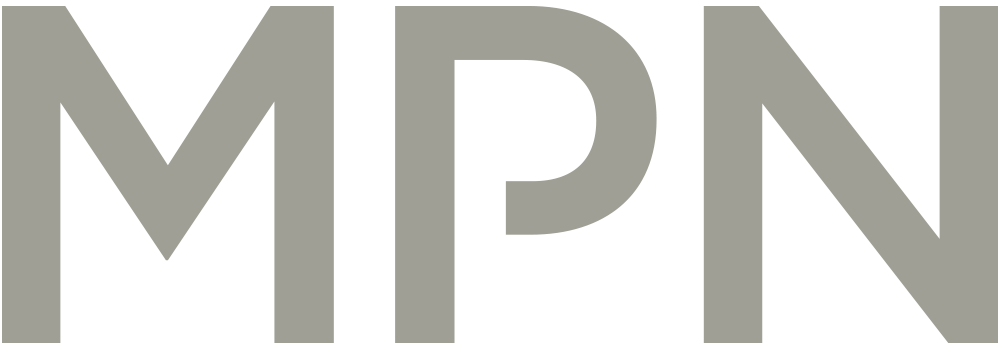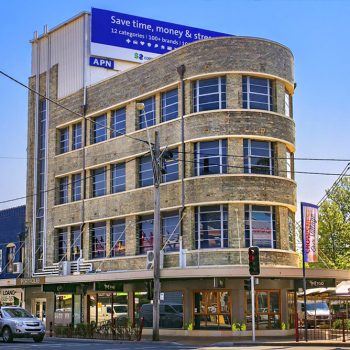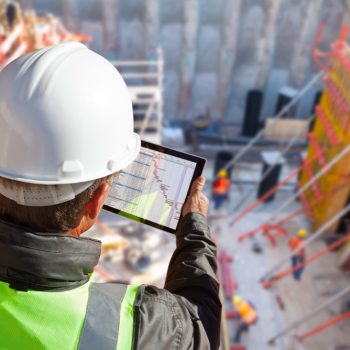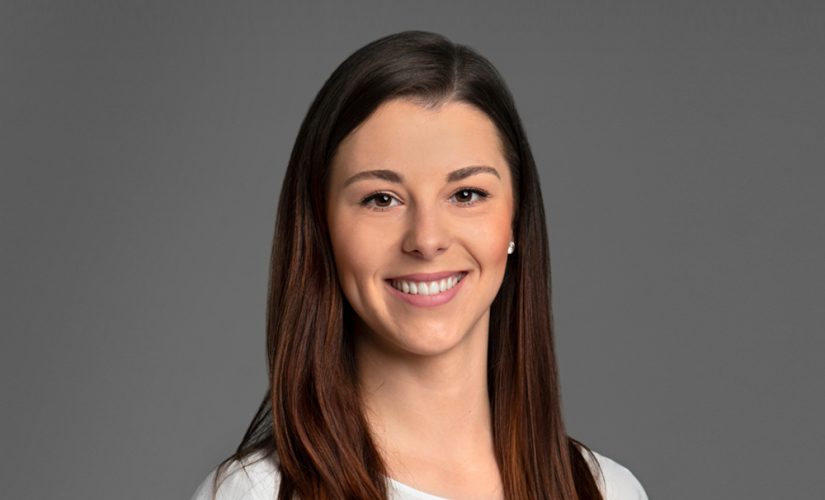
Interview with Karolina Lisiecka
Welcome to the latest in our monthly interview series called 10×10. Ten questions presented to ten Structural Design and Engineering experts. This interview is with MPN’s own Karolina Lisiecka.
Starting at MPN in 2017, Karolina is a well-respected Structural Draftsperson and is actively engaged in helping to improve and maintain drafting processes in BIM modelling and computational design.
1. How did you get started as a structural draftsperson?
I always enjoyed science subjects at school, particularly maths and physics, but drawing was one of my favourite hobbies. As an adult this led me to complete an architectural drawing course, the experience of which inspired me to pursue a career in Structural Design and Engineering. I went on to complete an Advanced Diploma in Engineering at TAFE NSW
2. How has the industry changed since those early days?
Technology has developed immensely and the introduction of drafting software such as AutoCAD, Revit, MicroStation and many others has made hand drafting redundant. This computerisation of the drafting process has resulted in the delivery of far ‘cleaner’, more accurate and consistent drawings.
In my opinion the biggest change in our industry was the introduction of 3D design software; allowing for the manipulation, extraction and clash detection across multiple platforms and disciplines, which wasn’t possible with two dimensional blueprints.
3. What is the latest engineering trend or technological advance that’s made you take notice?
I find BIM and Computational Design fascinating. Improving and enabling faster and more accurate/efficient design processes has become the main focus of our industry, and in my opinion is the future of it.
4. Where do you see the industry moving in the next five years?
Our industry will heavily rely on BIM as an enabler to the new technologies that are constantly appearing on the market. Faster access to information and more structured data will be critical to work more effectively across different platforms and disciplines. BIM will be a vital foundation to the new processes that are becoming increasingly popular especially artificial intelligence, augmented reality, cloud collaboration, and sustainable design and construction methods.
5. Not all Structural Design and Engineering practices are the same, so what should a client consider when choosing one?
Most companies have areas of specialisation. Some Structural Engineering firms specialise in educational and government buildings, whereas others take pride in designing low and high-rise residential building. Clients should understand each company’s strengths and expertise. Looking at their portfolio of completed projects, understanding their in-house processes and ability to collaborate and be agile in their approach is vital prior to engaging an engineer.
6. How do you add value to a project?
It’s very important to be willing and able to collaborate with the wider project team. By doing so you not only ensure good communication, but are better able to meet deadlines, budgets and deliver practical solutions and highly buildable designs.
7. What advice do you have for those starting a career in structural design and engineering?
My advice would be to get as much hands on experience as possible. Getting involved in multiple projects and experiencing different concepts can help develop the skills you need to be successful in this industry.
Beginnings can be very difficult and sometimes overwhelming, especially for females in the engineering industry, so try not to get disheartened. I believe that hard work and persistence is the key to any success.
8. What are the major challenges affecting the industry at present?
I think the biggest problem today is sustainability, especially when time, money and resources put undue pressure on projects. The construction industry needs to be more proactive in collaborating during the early stages. Engaging structural engineers at the beginning of a project and by using BIM, we can eliminate a lot of that pressure and streamline the process.
9. What is the most rewarding part of your job?
I really enjoy seeing the project through to completion. Luckily at MPN we keep all our project teams in-house and so we are able to take the project from concept drawing right through to the finished physical built environment. There’s nothing like see a client’s vision realised and delivering over and above their expectation.
10. Tell us about someone you admire?
The person I greatly admire has nothing to do with engineering, but is universally regarded as the world’s foremost authority on her subject. That person is English primatologist and anthropologist Jane Goodall DBE.
I have a soft spot for animals and the environment and Jane Goodall is someone who has dedicated her life to the better understanding and preservation of both. Her path towards success wasn’t easy, she faced a lot criticism towards her work, but despite that, she stood by her beliefs and continued on. She is not a conventional scientist, but has become a true inspiration for many. For me Jane Goodall shows us all, that by hard work, persistence and passion we can all achieve success.
Image: Jane Goodall DBE
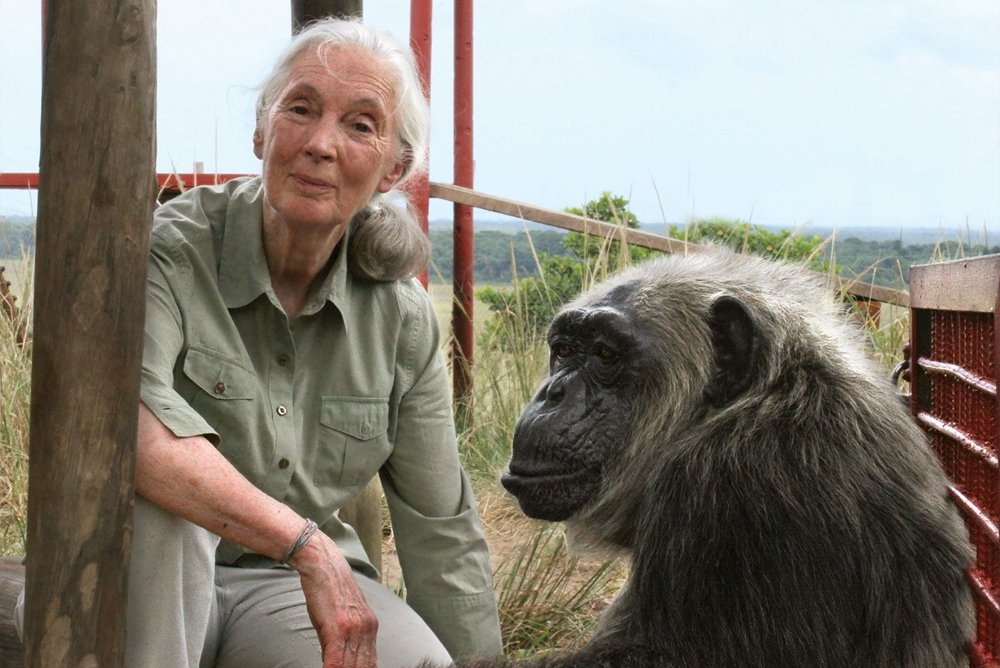
Karolina Lisieckar is a Sydney based Structural Draftsperson at MPN. Get to know Karolina by connecting with her by email or via LinkedIn.
